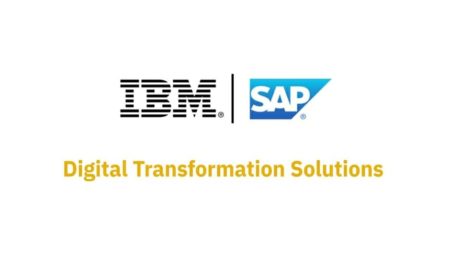Having great data is awesome, having meaningful reports built on that data that can drive business decisions and business flow is priceless!
This practical hands-on course will give you a thorough understanding of of the reporting tools available out of the box with Dynamics GP. Learning to select the best tool for a specific business need will allow you to more effectively to drive research, reconciliation and key business decisions. We will also delve into “The Builders” series that comes with the SmartList Builder license in the afternoon portion of this session.
Learning Objectives:
1.Internal GP Report Options2.•Understanding, modifying and running the reports within the GP Product modules
3.SmartLists4.•The premiere way to run reporting internally in Dynamics GP
5.•The basics of finding and querying
6.•Setting up reminders and ques to make the most of the data
7.•Other tips and tricks for out of the box SmartLists
8.SmartList Designer9.•GP’s default SmartLists are awesome, but learning to build even more useful reports tailored just for you by using the Designer can add a level of understanding of your financial system as well as the capability to thoroughly research and reconcile
10.SSRS11.•GP comes with the ability to deploy out-of-the-box SQL Server Reporting Services reports.
12.•These are external to GP and a great way for non-GP users to obtain self service reporting that you can control
13.•SSRS is also utilized for the internal-to-GP Business Analyzer KPI’s that can be placed on your home screen
14.Excel Refreshable Reports15.•GP also comes with out of the box Excel Refreshable reports that sit external to GP and can be utilized by non-GP users as another self service reporting tool
16.•These are highly effective and dashboarding can be built off of these for some amazingly effective reporting
17.Navigation Lists18.•Used in conjunction with all of the reporting types mentioned above it is considered a one-stop-shop
The afternoon portion of this course will take a deep look at how the Builders will help you get even more data out of your system, on your terms, by spending time and working examples in the following areas:
•Table Structures within GP and which tables you’ll likely leverage the most
•Deployment of GP’s standard Office Data Connections
•Compiling new SmartList queries via SmartList Builder
•Supplementing the Refreshable Excel Workbooks with the Excel Report Builder
•An introduction to the Navigation List Builder
•SmartList Builder takes the highly popular, easy-to-use SmartList tool in Microsoft Dynamics GP and dramatically increases its power and range.
•We’ll review how you can query more data in more ways with SmartList Builder, which gives you access to all the information that you capture, enabling you to create your own custom SmartLists.
•You’ll see how useful SmartList Builder and Microsoft Office Excel 2007 working together can be, and further add to your Business Intelligence capabilities and provide your users with valuable insight with an overview of Navigation List Builder.
Audience: GP Finance, Support, or Analyst
Level: Beginner
Preparation: The detailed instructions for connecting to the lab environment will be sent one to two days prior to class. Students will need a laptop and will attend the course in person, and will use an online connection for the lab environment. If your instructor will use the hands-on training environment you will receive a separate email with the setup instructions.


















